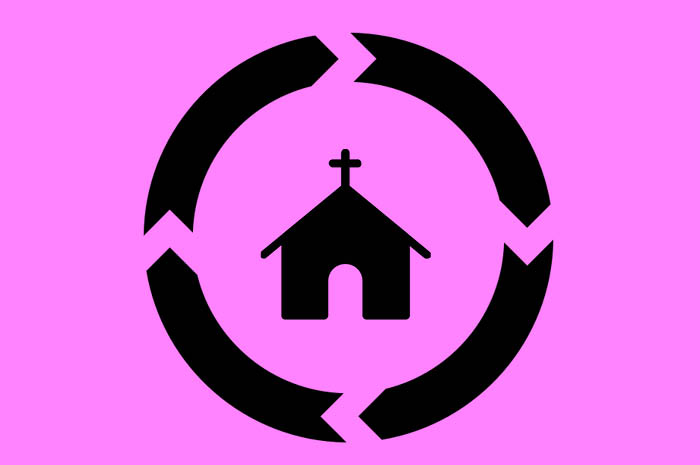Well, Are You Going to Close Us?

Several times in recent months I’ve heard parishioners ask, Well, are you going to close us? That raises several important questions: who is the “you” they’re talking about? Why and when do congregations close? What are the alternatives?
The ‘you’ can only really be the diocese as a whole community, even though some think it’s the bishop who does the dirty work. We exist as a network of congregations that gives evidence of the fullness of the church. Our reason for existence is to care for one another and the people in this patch of geography, and the sign of that is a bishop, overseeing the life of the whole community.
Congregations are local, planted in a particular patch to know and love that part of creation into something more like God’s dream. Healthy congregations work at forming followers of Jesus to do that kind of ministry in their daily lives. Healthy congregations also work at changing the bad dreams evident in their communities – homelessness, pollution, hunger, the forgotten people Jesus calls “the least of these.” There’s a necessary balance between outward and inward ministry – loving neighbors and loving self – and when the life of a congregation gets out of balance it often stagnates or flames out. One of the reasons for a bishop’s regular visit is to gauge the pulse of congregational life – are people focused on that great commandment about loving God and loving neighbors as they do themselves? If not, how might the diocesan community help to heal what’s ailing?
Congregations close for a variety of reasons, but most of those have to do with their response to their neighborhoods. A congregation sometimes quite literally dies out – the last member is buried and no one is left to carry on. The geographic patch where it existed may have been depopulated as younger generations moved away, seeking work. Yet even then, small and often rural congregations may be transformed into new and vibrant ones. There’s one in a diocese east of here that realized that other faith communities in its little town would not bury strangers, so they said, “y’all come, we’ll provide a lay-led burial service and a place to have a reception.” There still aren’t many in that congregation, but they meet for prayer on Sundays and they have a vigorous and necessary ministry in the community. Other congregations have recognized that the neighborhood now has a primarily Latino population and have done the hard work to shift their cultural norms and be far more welcoming. Yet other faith communities have chosen to cease functioning and bequeathed their gifts (people, buildings, hopes, funds…) to others, who will steward them for greater life in that patch of geography.
Congregations have a life cycle – they’re born out of some vision (diocesan, a large congregation at a distance, the urging of local residents), they grow and mature, and they decline and sometimes disappear. The role of the larger diocesan community is to help each one stay in a healthy cycle of revisioning and redevelopment. That cycle recognizes that every living being has a life span, including communities, and that at intervals, death will intervene. We have a choice – we can let go of (or die to) what is unnecessary and unfruitful, in the service of more abundant life; or we can choose to linger and languish until there’s nothing left. That doesn’t tend to produce much in the way of abundant life.
Engaging the revitalization process takes courage, and it takes confidence in the promise that death leads to resurrection. That deep hope is willing to embrace new and scary ideas in the hope of more abundant life. This diocese has abundant gifts to share: skilled lay and clergy leaders, diocesan staff, funds, experience, congregations seeking collaborative partnerships… and some or all can be engaged in seeking more abundant life for the larger community in this part of California. If you’re concerned, call, email, text, or buttonhole us!